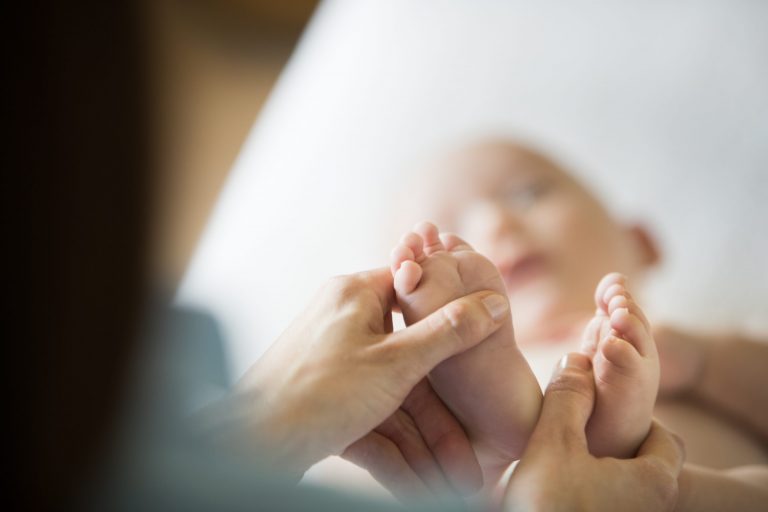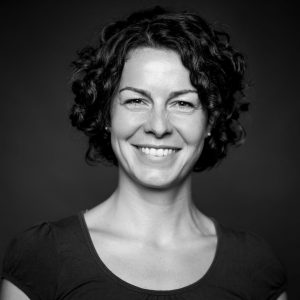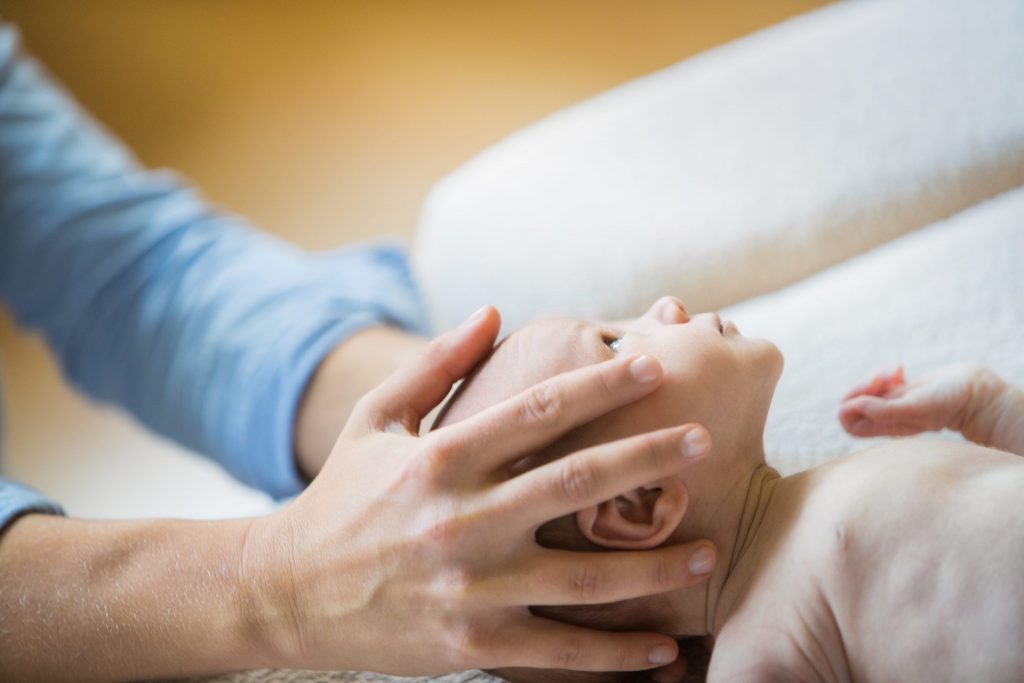Dear parents,
Your child is in good hands with us. Whether it is a newborn check-up, treatment after an orthopaedic injury or simply a complaint expressed by your child, it is important that an osteopath knows what stage of development your child is at and to what extent deviations can be recognized.
We have pediatric osteopaths who decided early on to undergo extra training in the field of pediatric osteopathy and have successfully completed it. They will treat your children’s complaints with empathy, regardless of whether they are infants or adolescents. Several children are treated in our clinic every day, which in turn gives our staff experience.

Primaristic is a young component that fills a gap in pediatric osteopathy. Primaristic is concerned with the knowledge and teaching of human sensorimotor development.
Early childhood reflexesare often blocked. Primaristic overcomes this blockage and promotes development.
Targeted movements and holding certain body positions can support natural sensorimotor development without obstacles, i.e. free from primary reflexes. This has positive effects on body awareness and the coordination of muscles and joints in infants, children, adolescents and adults.
Why can osteopathic treatment be useful even for very young children?
Even in the womb, especially in the last weeks of pregnancy, a lack of space can cause blockages in the baby.
In nature, no mammal has such a poor ratio of head circumference to the diameter of the birth canal as we humans do. In humans, the circumference of the head is larger than the width of the birth canal.
Fortunately, however, our skull has developed in such a way that it is not rigid and bony, but has movable and soft bone plates. The relatively broad shoulder area can also deform well due to the softness of the child’s tissue in order to cope well with the narrow passage.
And yet it happens from time to time that skull bones, head joints or the shoulder girdle with the collarbones, for example, do not move back into their original position
These blockages can, for example, be the cause of kiss syndrome (torticollis), 3-month colic, plagiocephaly (asymmetrical skull deformities) and also crying babies.
A planned or unplanned caesarean section leads to a very sudden difference in pressure compared to a spontaneous birth. While still surrounded by the usual fluid in the womb, the baby is now suddenly confronted with atmospheric pressure, which means great physical stress for the body. This can also cause one or two blockages in the delicate body.
In addition to conventional medical check-ups, osteopathic check-ups (OU1-6) can use gentle manual tests and techniques to identify, treat or rule out such blockages. We have osteopaths specially trained in infant and pediatric osteopathy for this purpose.
We offer osteopathic check-ups for newborns from 3 weeks after birth and for children up to the age of 10.

Early detection measures
- OU1 from 3 weeks after birth (postnatal)
- OU2 3 months (exercises for motor development)
- OU3 18-24 months (beginning of walking, language development)
- OU4 3-4 years (jaw prophylaxis)
- OU5 6 years (before starting school)
- OU6 10 years (before the onset of puberty)





